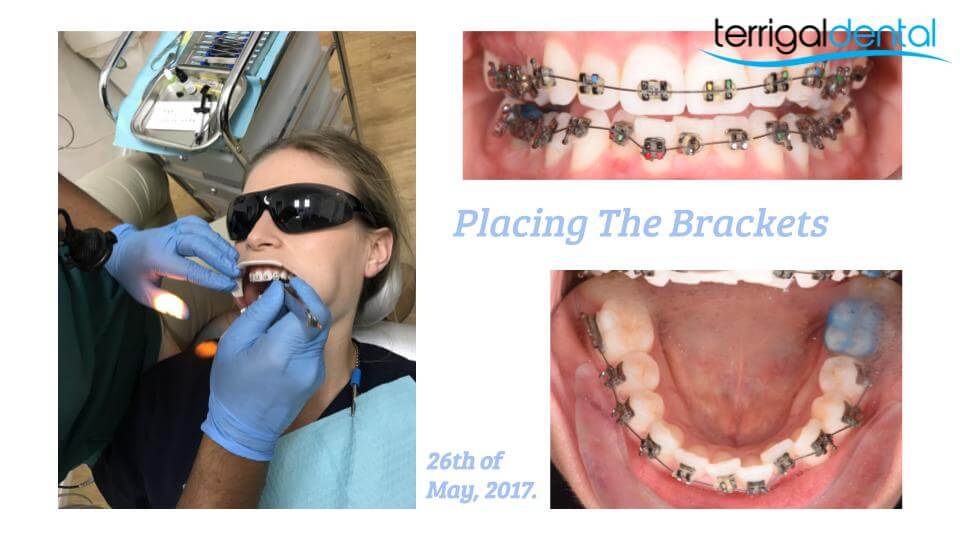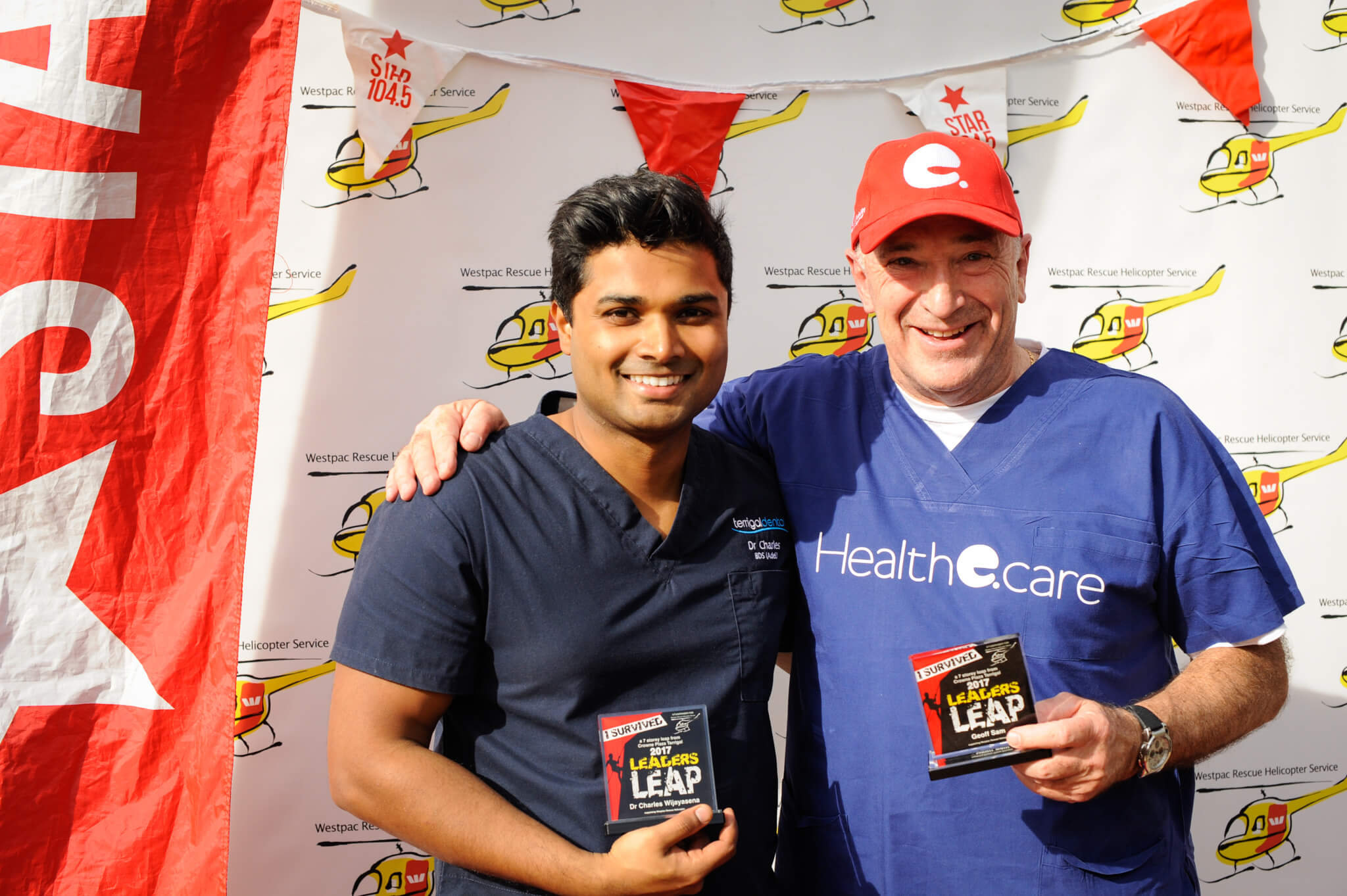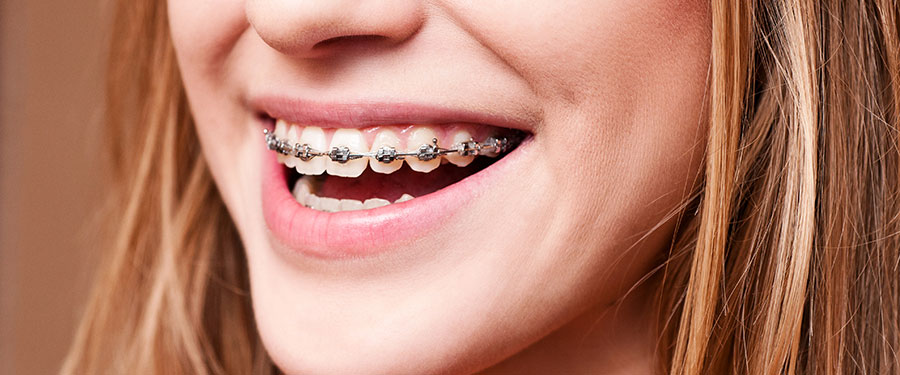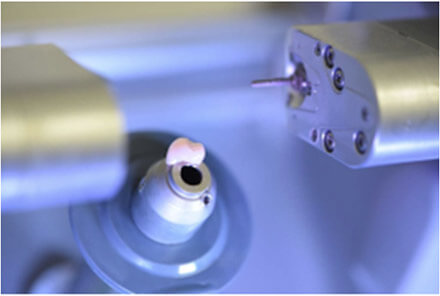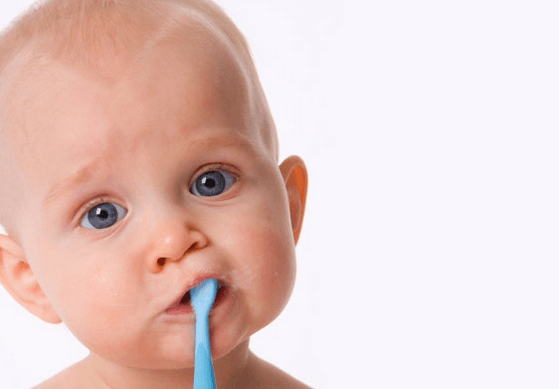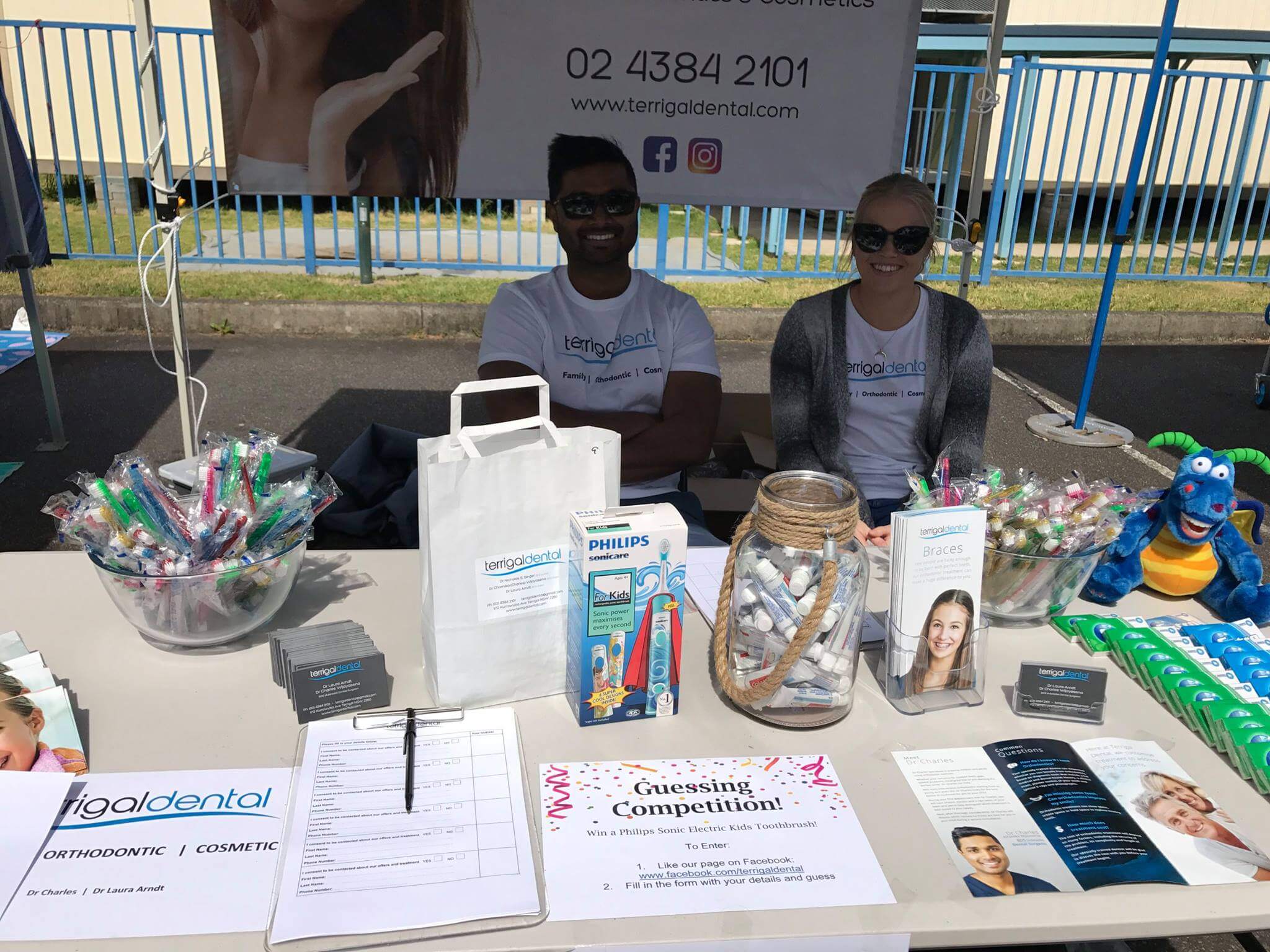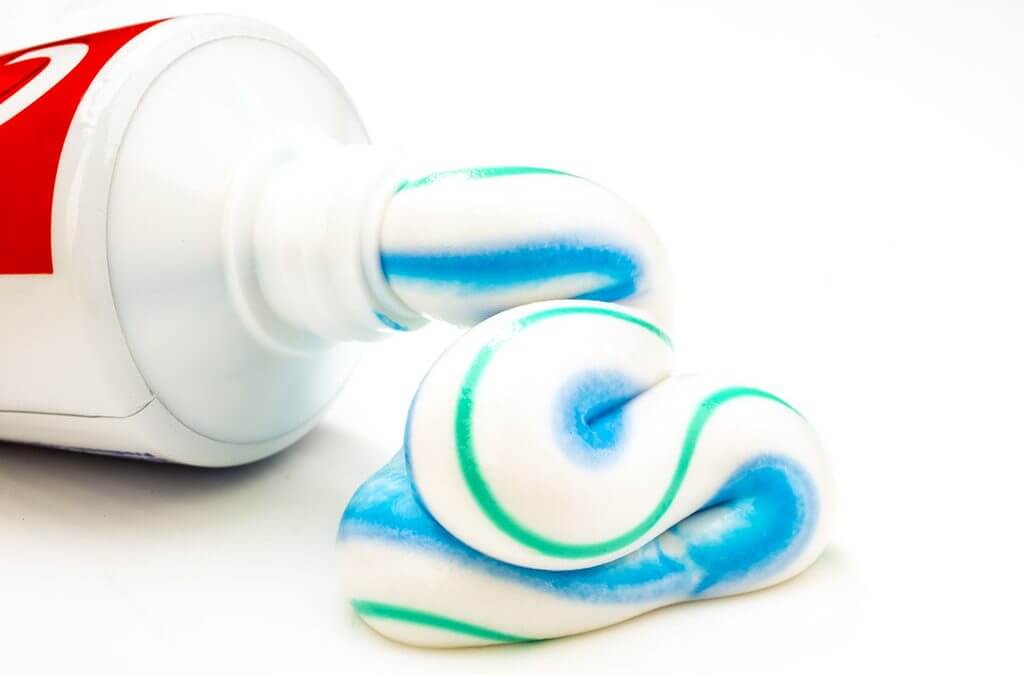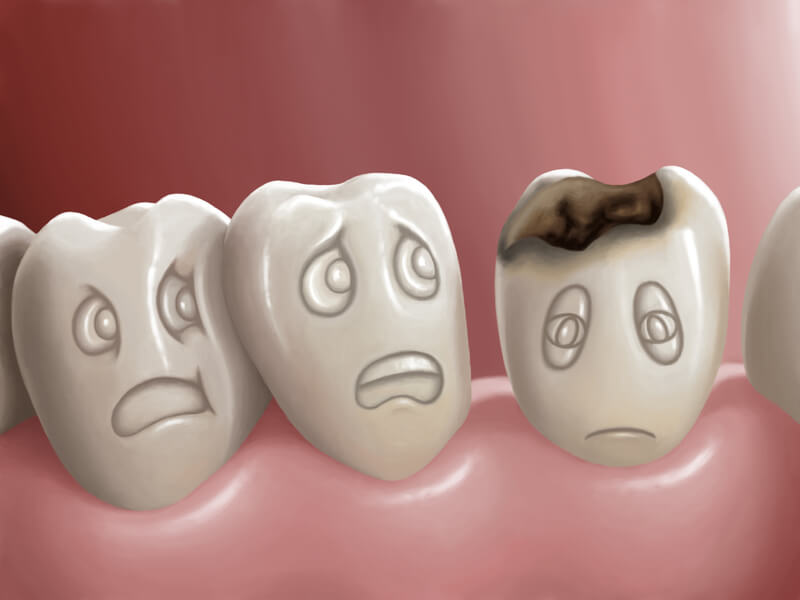Maybe you have heard the phrase CEREC crown? Maybe not. If you have you might be wondering what the difference is between a traditional crown and a CEREC crown.
If you have a tooth that is deteriorating or a cavity that is too big to fill, you may be given the option of a crown to seal and fix the tooth. Traditional crowns differ to the option of a CEREC crown. This new technology makes it easier for you to get the treatment you need. While traditional crowns still have value, CEREC or same day crown’s are focused on saving you time and stress.
TRADITIONAL CROWNS
Once it was determined that you needed a crown, the dentist would take an impression of the tooth to be sent off to a lab to have the crown made. To protect the tooth, a temporary crown would be placed while the permanent one was being made. This process generally takes 2-3 appointments over 2-3 weeks and requires the patient to spend a large amount of time not only in surgery but numbed using local anaesthesia.
CEREC CROWNS
CEREC crowns or same day sounds are exactly what they sound like, crowns that are completed in one day. Once your tooth is prepared to be fitted for a crown, the dentist uses the CEREC machine to take a digital image of your tooth. The dentist then uses the image and the CEREC machine to create the crown right there in front of you. Rather than dealing with an uncomfortable impression and being numbed up over multiple appointments, a picture is used to create a crown that perfectly fits your tooth on the same day.

